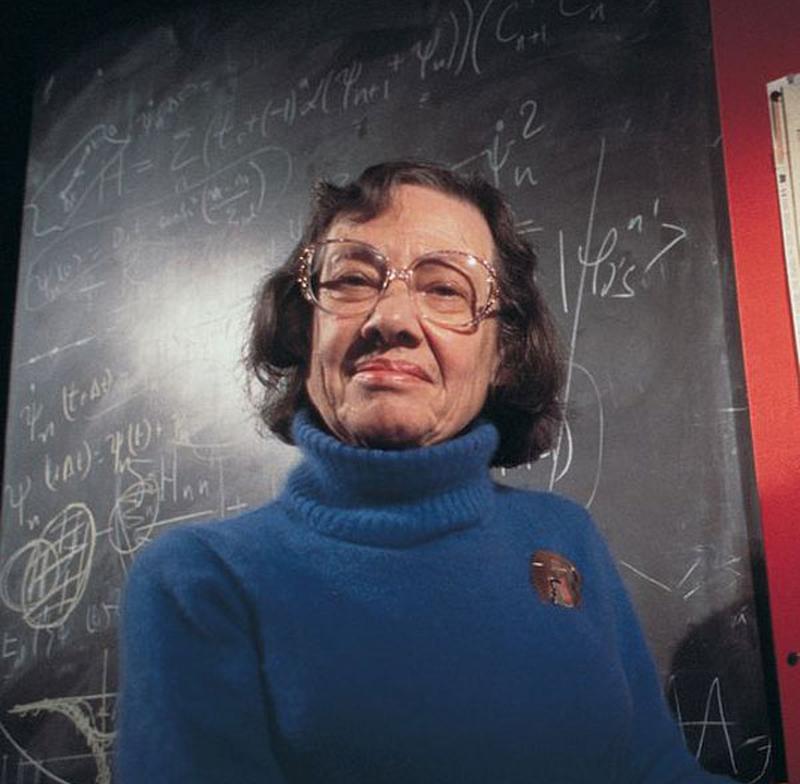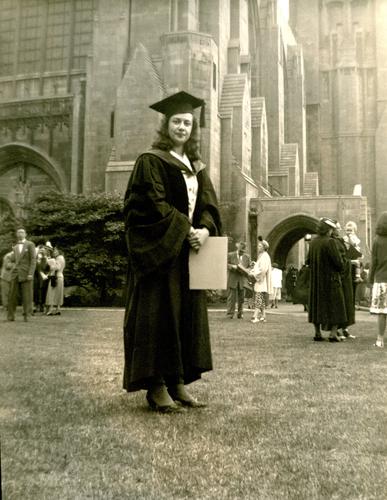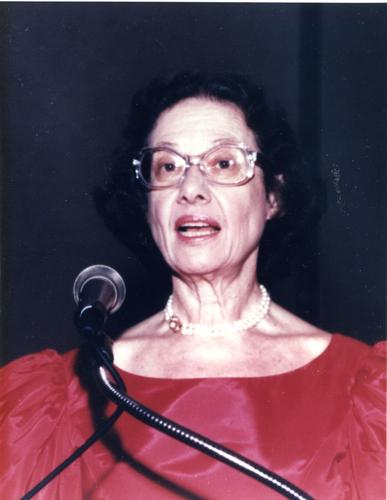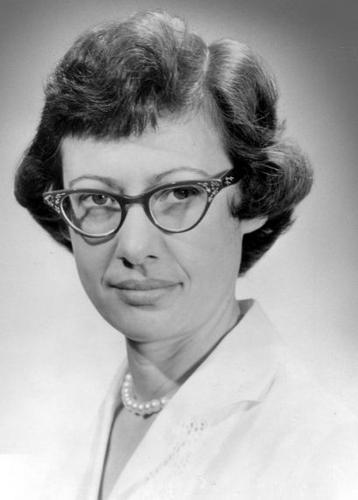Esther Conwell was a trailblazer of the first order. The diminutive physicist, who continued to do research until her death at 92, churned out a series of discoveries that set many parts of the modern world in motion.
And she did this at a time when a woman with a physics PhD was incredibly rare and often not very respected. Science in America was not a welcoming place for a woman when Conwell began her education and career in the 1940s. Despite that, she put her head down and got to work.
Her master’s thesis included a ground breaking theory now considered essential for understanding how different materials affect the flow of electrons inside transistors. Named the Conwell-Weisskopf theory after her and her thesis advisor, the work has become a cornerstone in the field of semiconductors and has since helped spark the computer revolution.
Since positions in academia were largely closed to women at the time, she went to work in industrial labs after finishing her PhD. Working for Western Electric and Bell Labs (the research arm of AT&T), Conwell continued to make waves in the world of semiconductors. While at Xerox, she studied materials and processes that today are used in the manufacture of digital displays such as cell phones and printers.
In her 80s, Conwell accepted her first permanent job in academia at the University of Rochester. Her research there led to a better understanding of how electrical charges move through DNA, something that has potential to shed light on cancer-causing mutations.
Conwell began dancing in college and continued to take ballet classes several times a week right up until her death. “I think the same things I love about ballet, I love about physics,” she once commented. “They’re both exact and require discipline. That sense of order is what really attracted me to physics in college.”











